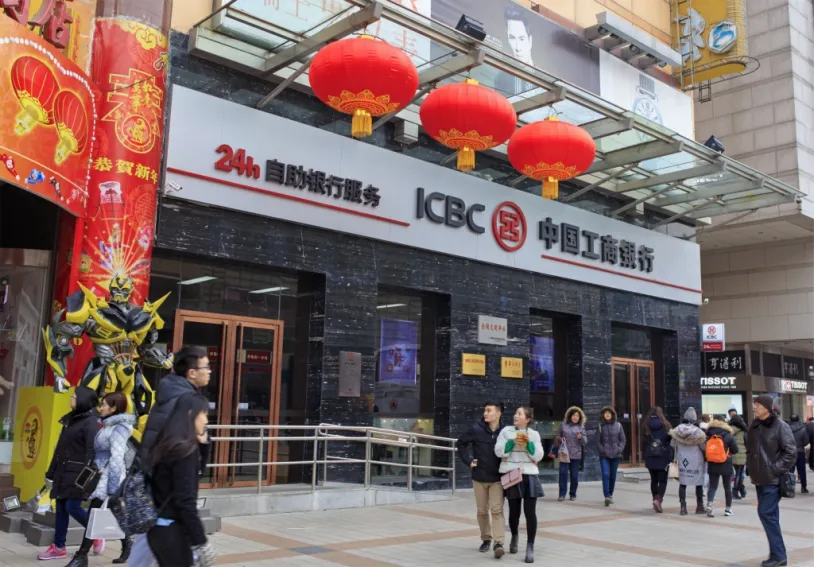
How does China's move to curb shadow banking affect banks?
The measures benefit the banks but also bring adjustment risks.
Moody's Investors Service says that the effectiveness of the measures adopted by the authorities to curb the shadow banking sector in China are credit positive for Chinese banks, although some adjustment risks are also apparent.
"So far, we have seen an initial reversal of the rapid rise in the shadow banking business, as evidenced by the slowdown in M2 growth, as well as the slight declines of outstanding wealth management products (WMPs) issued by Chinese banks and the aggregate investments in loans and receivables of 26 listed banks," says David Yin, a Moody's Vice President and Senior Analyst.
"These developments, although still at an early stage, are credit positive for Chinese banks, whose credit profiles will benefit from the resultant reduced level of interconnectedness among financial Institutions," adds Yin.
Moody's conclusions are contained in its just-released report on banks in China, "Measures to curb shadow banking benefit banks but also bring adjustment risks".
Here's more from Moody's:
The more stringent implementation of "see-through" requirements will also improve transparency in the banks' asset profiles and prompt them to increase capital and provision charges for their shadow banking exposures.
Furthermore, tightened liquidity and higher interbank interest rates will discourage the practice by some banks to fund their long-term investments using short-term market funds. For example, the decline in the outstanding balance of Chinese banks' interbank certificates of deposit (interbank CDs) in May 2017 is an early sign that small and mid-sized banks' reliance on wholesale funding has peaked.
However, these positives come with some adjustment risks. Banks that rely on short-term market funds are facing higher borrowing costs due to the significant rise of interbank interest rates since the fourth quarter of 2016, while their loan yields remain stable as the benchmark loan rate has not changed since October 2015.
These banks are also exposed to refinancing risks, as their investment portfolios have longer tenors and often lack secondary market liquidity.
The slowdown of shadow banking growth will likely also arouse disputes among financial institutions on who has the ultimate responsibility for absorbing losses on soured investments in view of the widespread use of implicit but not legally binding guarantees and credit enhancement measures on many shadow banking products.
In addition, the rapid rise of bank loans and trust loans in 2017, which offset the decline in bond issuance and shadow bank financing, will strain the capital of banks and trust companies.
Moreover, policies to rein in shadow banking are likely to weigh on GDP growth, if they restrict availability of financing to real economic activities or raise its cost.
These risks will challenge the authorities' commitment to taking a hardline stance to restrain shadow banking growth. Recent developments, such as the regulators' extension of a grace period to the banks regarding their compliance with rules on shadow banking, suggest that authorities are ready to take a measured approach in executing their policies as they are mindful of the potential adverse impact on economic growth and financial stability.
Under the guidance of the central government, China's regulatory authorities have taken aligned actions to contain systemic financial risks since the second half of 2016. These measures, such as the introduction of a Macro Prudential Assessment (MPA) framework, the change of monetary policy setting to "moderate neutral" from "moderate", and the tightening of regulatory scrutiny, have reduced the economic incentives behind several key shadow banking practices and the scope for regulatory arbitrage.
This approach contrasts with previous piecemeal clampdowns from single authorities to control shadow banking products in their respective jurisdictions.



















 Advertise
Advertise








